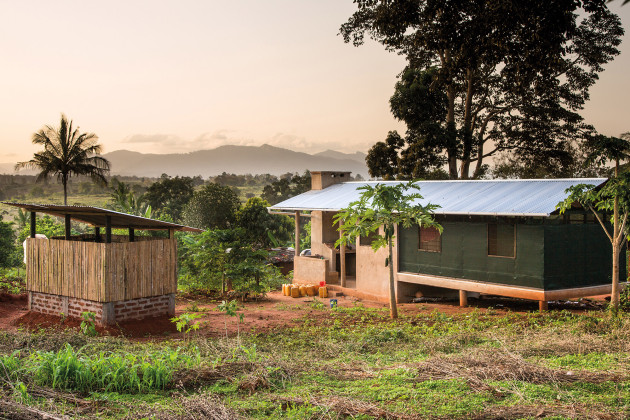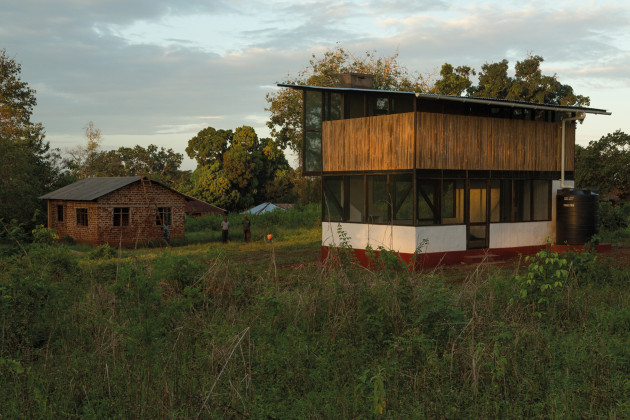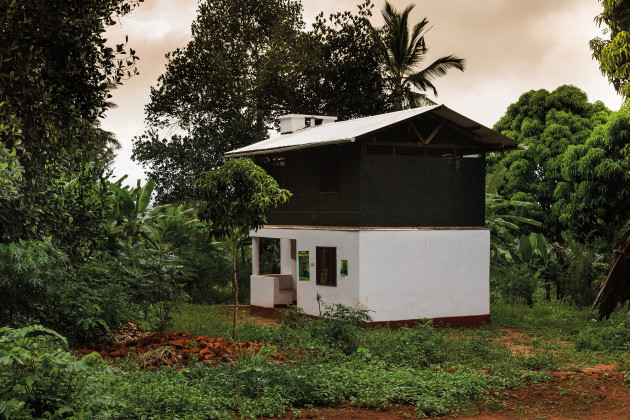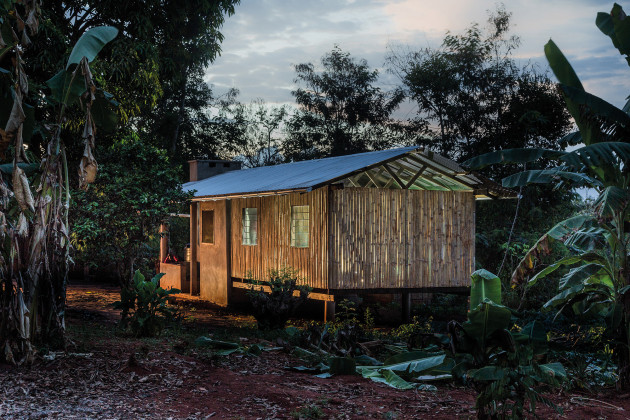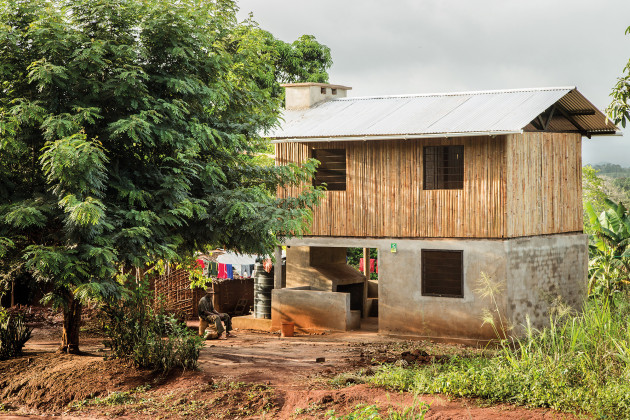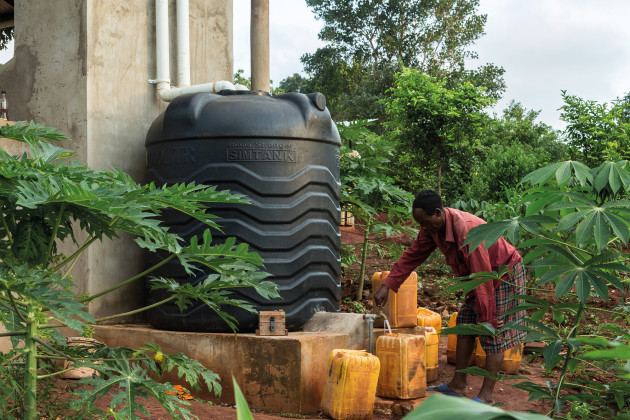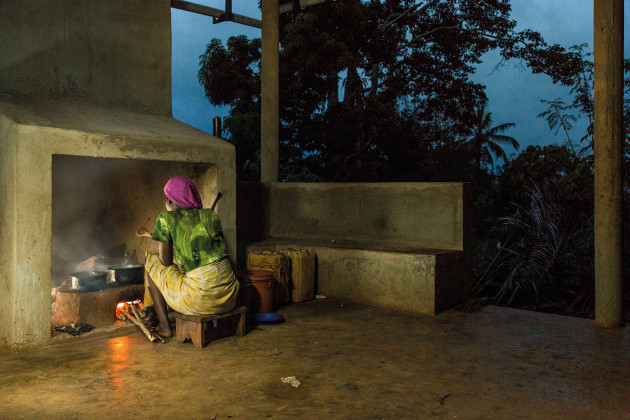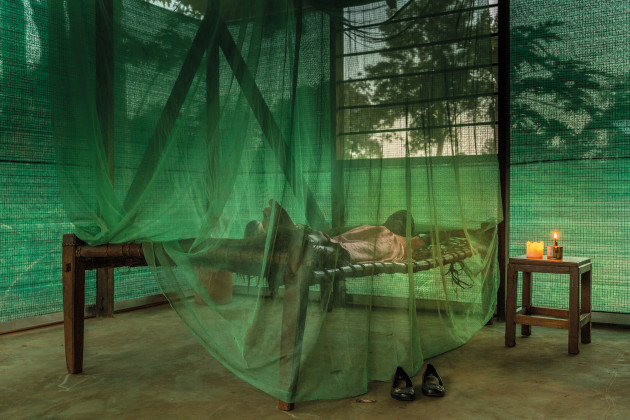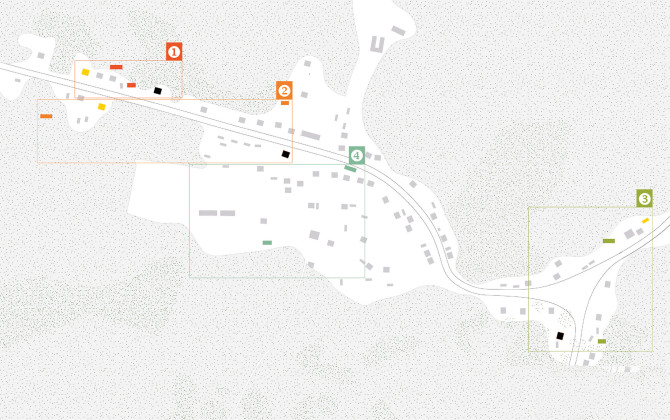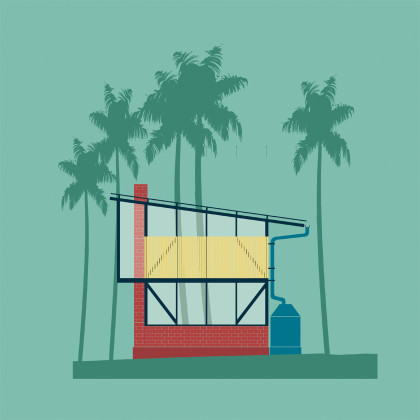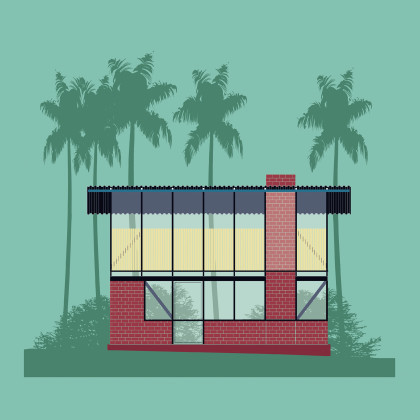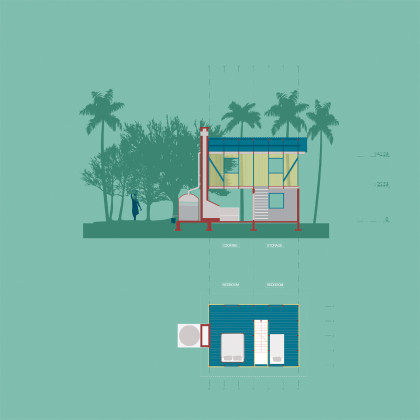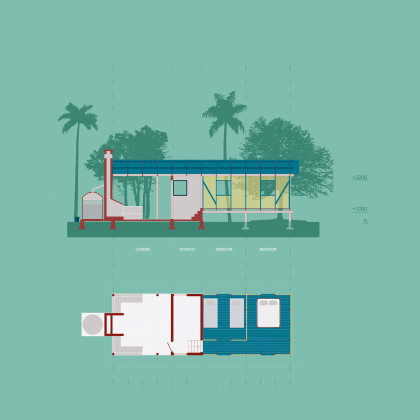Common Goals
The Magoda Project consists of prototype housing designs that explore the potentials of architecture to minimize diseases and improve living conditions in rural Africa.
The Magoda Project is a series of eight prototype homes constructed in in Magoda, a rural village in the Tanga region of Tanzania. The project explores traditional design elements of traditional Asian and African homes to generate a variety of new and improved housing designs to minimize diseases in rural Africa.
In sub-Saharan Africa, many infectious diseases including Malaria are acquired in and around the home. There are great demands to improve the health of local residents, specifically through the space they spend the majority of their time in – the home. Low-cost houses prevalent in rural Africa usually have mud or brick walls with few windows. Airflow is minimal and basic facilities such as cooking areas, safe water supply and sanitation are usually absent or rudimentary. Architectural modifications used to improve the typical African home is an effective way to target domestic issues such as health, hygiene, comfort and most importantly, diseases.
The eight houses integrate Asian architectural features (to optimise airflow) with traditional African building methods familiar in the local area. Alongside collaboration with local engineers, labourers, doctors and sociologists, the final designs were materialized through precise research and observations of the local climate, to maximise indoor comfort. The building types are single or double storey houses clad in wood, bamboo or shade-net, with semi-outdoor kitchens, water-harvesting tanks and sanitation facilities.
The main objectives of the project are:
- to develop housing designs that optimize comfort and health in rural African homes
- to construct a collective of eight rural African homes to explore the feasibility and acceptance of the designs
- to develop locally appropriate structures for water supply, sanitation and cooking facilities
- to evaluate the indoor climate accrued from different housing designs, modifications and building materials
- to evaluate the efficiency of insect screens
- to estimate the economic cost of various housing modifications and designs using different local materials
- to engage the local community leaders and important stakeholders to improve the acceptance of the new designs towards improved feedback and expansion.
 13.03.2018
13.03.2018



